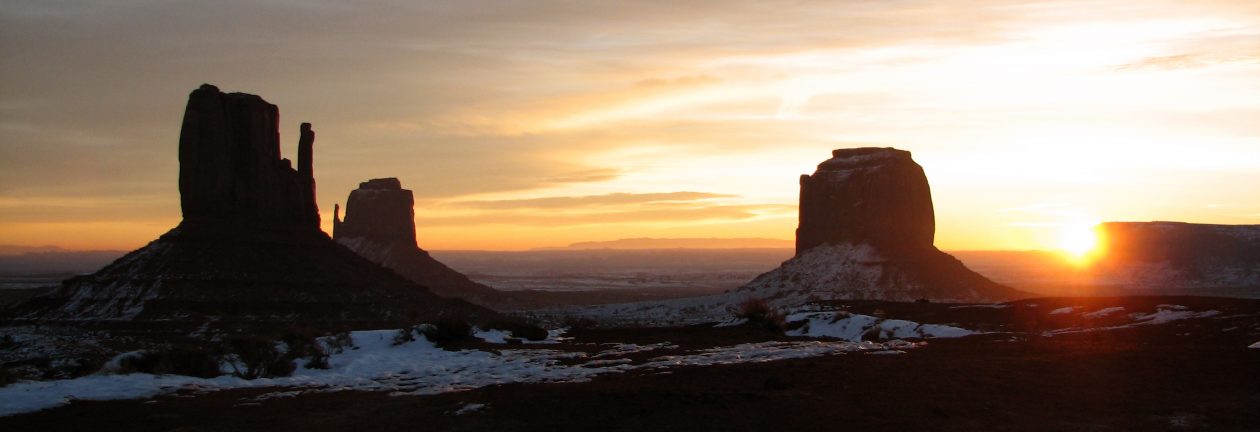Istanbul, Turkey
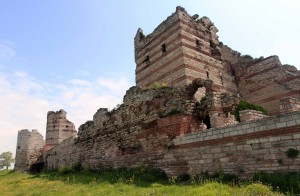
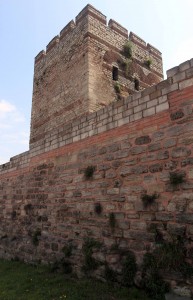
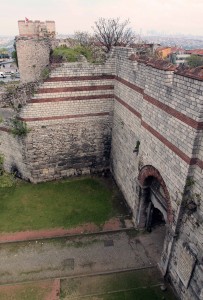
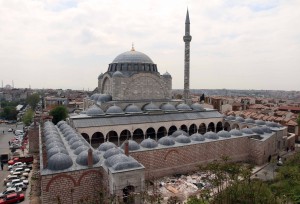
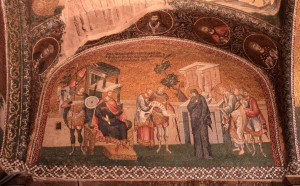
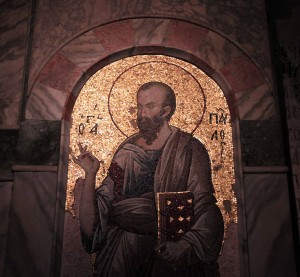
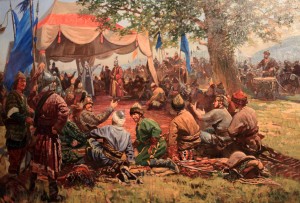
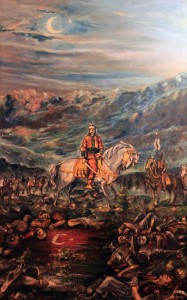
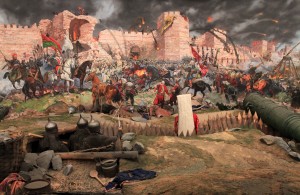
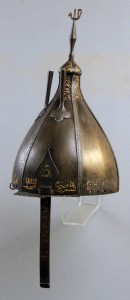

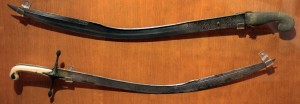
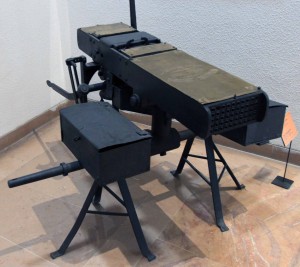

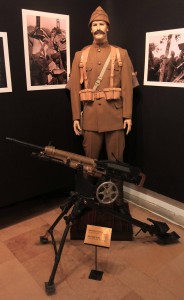
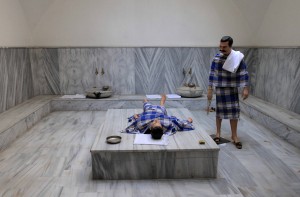
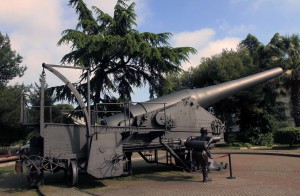
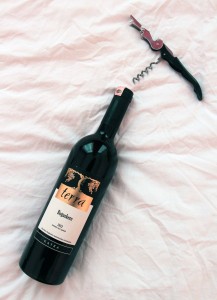
I woke up today at 09:00, showered, dressed, grabbed my tripod and camera, and walked out of the hostel. I then walked to the Kabataş Tram Stop and rode the tram all the way to Topkapi Tram Stop. From there, I walked through a park to the Theodosian Walls, which are located about two kilometers to the west of the old Constantinian Wall; the Theodosian Walls were erected during the reign of Emperor Theodosius II and finished in 413 AD. I walked south along the walls for a short distance before turning north. I then followed the walls to the Mihrimah Sultan Mosque, which is located next to Edirne’s border gate; the mosque was constructed between 1562 and 1565 AD; however, it was ruined during the 1999 earthquake and is now being rebuilt (actually, it looks like the entire mosque is being reconstructed with all new materials). Due to the construction, I did not enter inside the mosque, but I did climb up the Theodosian Wall nearby and I had a great view of the mosque and the surrounding city. I then climbed back down from the walls and walked northward to the Church of the Holy Savior in Chora (also known as the “Chora Museum” or “Kariye Müzesi” – in Turkish). The church was originally built outside of Constantinople’s original city walls in the fourth-century AD (when the Theodosian Walls were built, the church was included within the city’s protective walls); however, most of the current structure dates from the eleventh-century AD. Unfortunately, the outside of the church and the naos (the main body of the inside of the church) were under renovation; inside the church, I was able to visit the exonarthex, esonarthex, and parecclesion; I walked around these sections of the church, with my head tilted upwards most of the time, gazing at all the mosaics that had survived time and the Ottoman conquest of Constantinople. After exploring the church, I walked outside and to the Golden Horn; once at the Horn, I crossed it via the 0-1 Yanyolu Bridge (I must admit, I was a bit worried crossing the river due to the terrible tragedy in Nepal – I feared some aftershock earthquake might strike Turkey (this region does have a history) while I crossed the bridge) and walked to the Halicioğlu Metro Bus Stop; from there, I rode the bus to Şişli-Mecidiyeköy Station and then rode the metro train north in an attempt to visit the Rumeli Fortress; however, I did not do my homework beforehand and I was unsure of what stop to get off (I was hoping there would be a more useful map at one of the stations, but there wasn’t); since I didn’t feel like wasting an hour walking around nor paying a taxi driver to screw me over, I took the metro train south to the Osmanbey Metro Station to visit the Military Museum instead. Once at Osmanbey, I exited the station and walked south to the Military Museum, which turned out to have quite an extensive and impressive collection of Ottoman, Persian, and European weapons and armor from Medieval Times to the twentieth-century AD; there were also many unique guns, rifles, and machine guns that I don’t recall seeing before. Although, one criticism I have of the museum is that it was obviously telling history from a biased point of view with a propaganda slant (e.g. every Ottoman/Turkish soldier who died in war is referred to as a martyr and Attila the Hun is treated as a source of pride as opposed to a ruthless conqueror – this museum was nowhere near as one sided as those found in Vietnam, but I can’t help but be annoyed by slanted history and this hagiographic treatment of past rulers who wanted nothing more than wealth, power, and the subjugation of their peoples). Anyway, the museum was definitely worth a visit and I wish I had more than two hours to view all the artifacts on display. After visiting the museum, I walked back to the hostel, stopping off at the nearby market for snacks and wine, and then at a shawarma restaurant to purchase two chicken shawarma pitas. Once back inside my hostel room, I ate the sharwarma pitas, some chips, popcorn, nuts, and chocolate while drinking iced tea. I also typed out some journal entries and went through the photographs I took both yesterday and today. Later on, I had the bottle of wine (a dry red Turkish wine made from Boğazkere grapes that tasted of blackberries, raspberries, vanilla, and various spices) while listening to Phosphorescent, Foxygen, the Phenomenal Handclap Band, Muse, Bruno Mars, and Daft Punk. I eventually went to sleep around 01:00.
